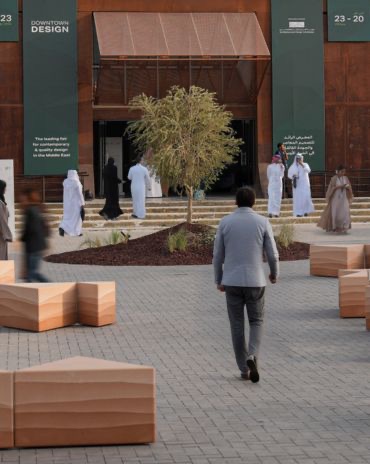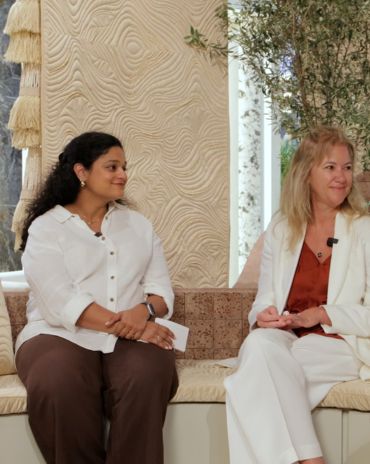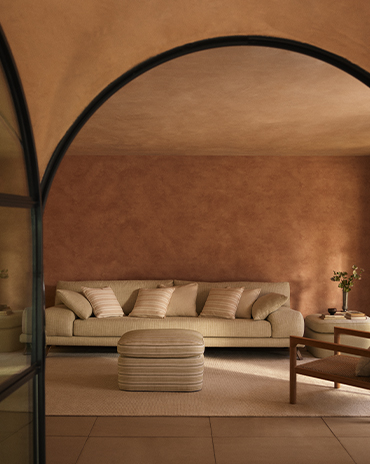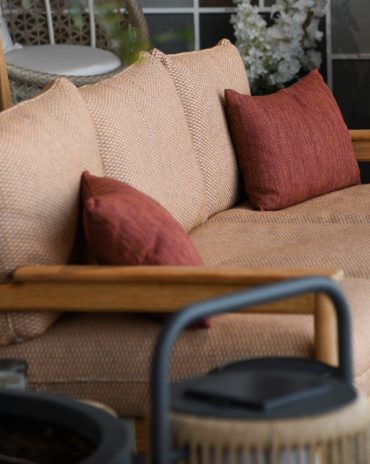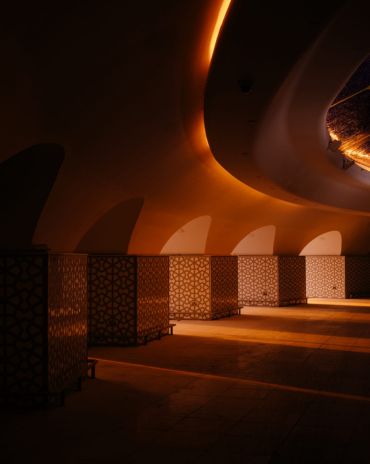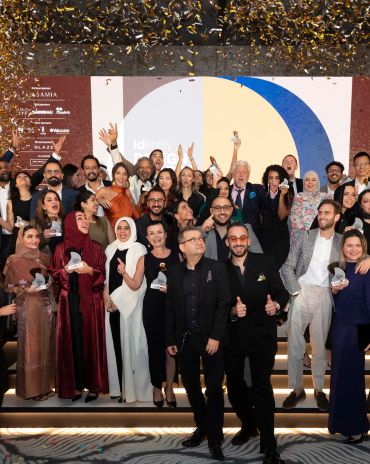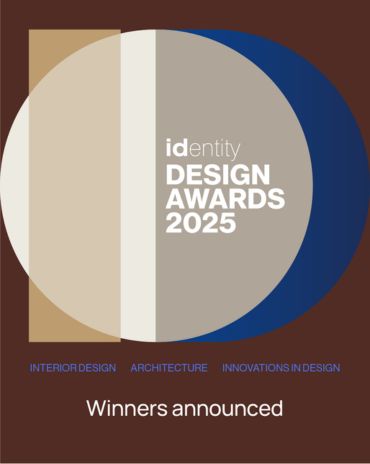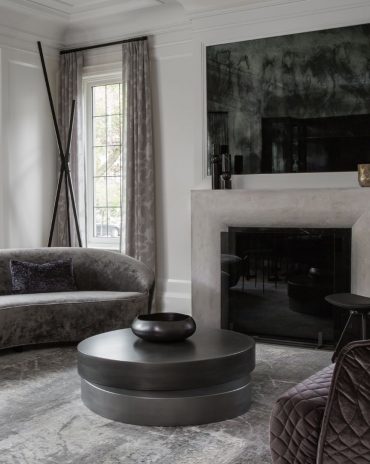Copyright © 2025 Motivate Media Group. All rights reserved.
id50 2021: Celebrating contributions to design and architecture across the Middle East
id50 celebrates individuals who have made positive impacts to design and architecture across the Middle East
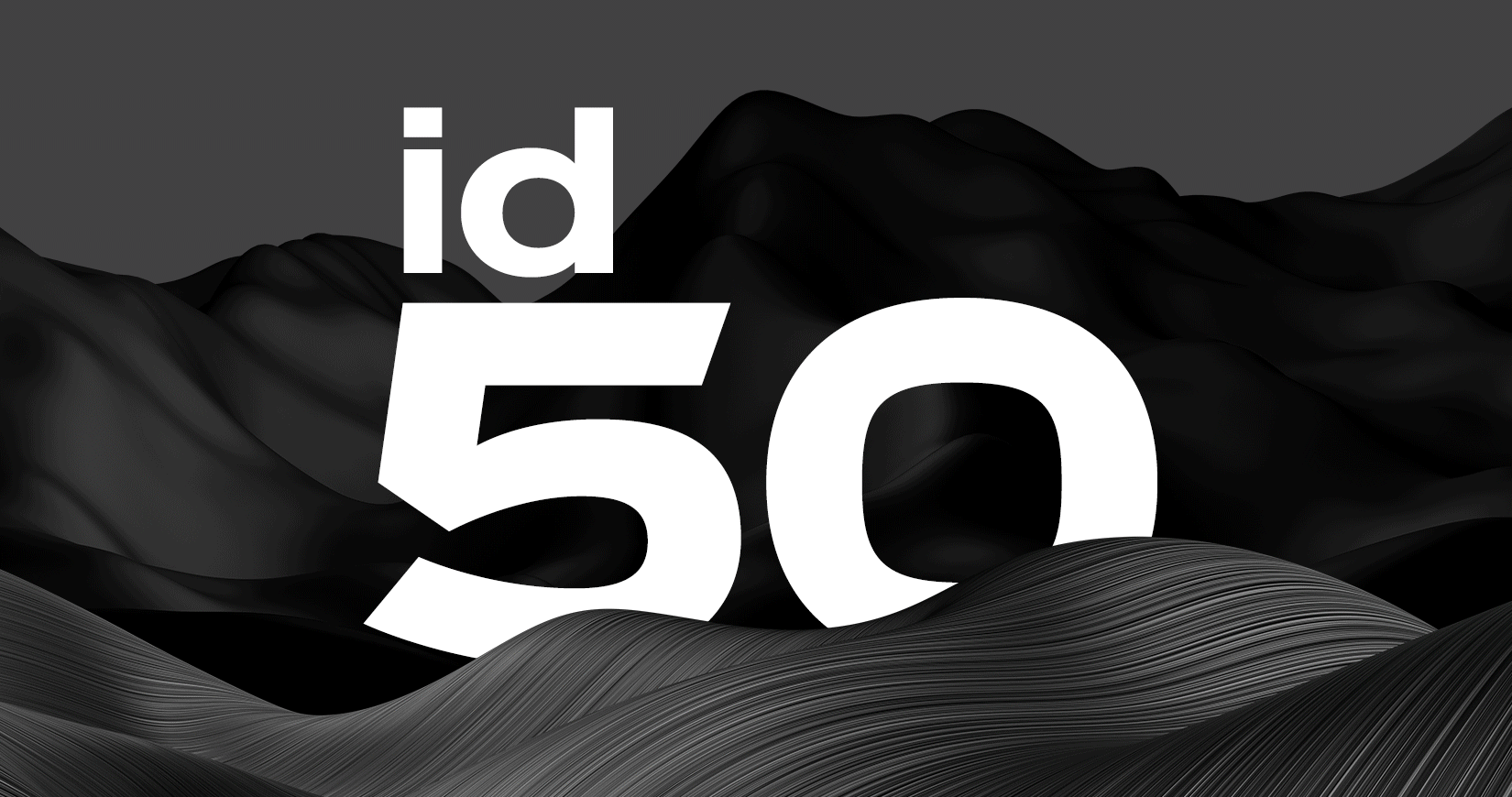
Rania M Hamed

Interior architect Rania M Hamed is the founder of boutique interior architecture practice VSHD, based in Dubai. Hamed’s work has come to be known for its innovative approach and outstanding quality that is synonymous with timelessness and longevity. Her ability to manipulate material, textures and spatial design while maintaining a strong sense of quality and design integrity has propelled her to complete some of the most successful projects in the city. VSHD has designed over 50 residential and commercial projects, as well as sports facilities, in Dubai, Cairo, London and the US. Recently, VSHD has delivered a number of residential, wellness and F&B projects, all of which embody the firm’s – and Hamed’s own – distinctive approach to design that considers place and user needs while creating spaces that are both extremely refined and unexpected.
Shaun Killa
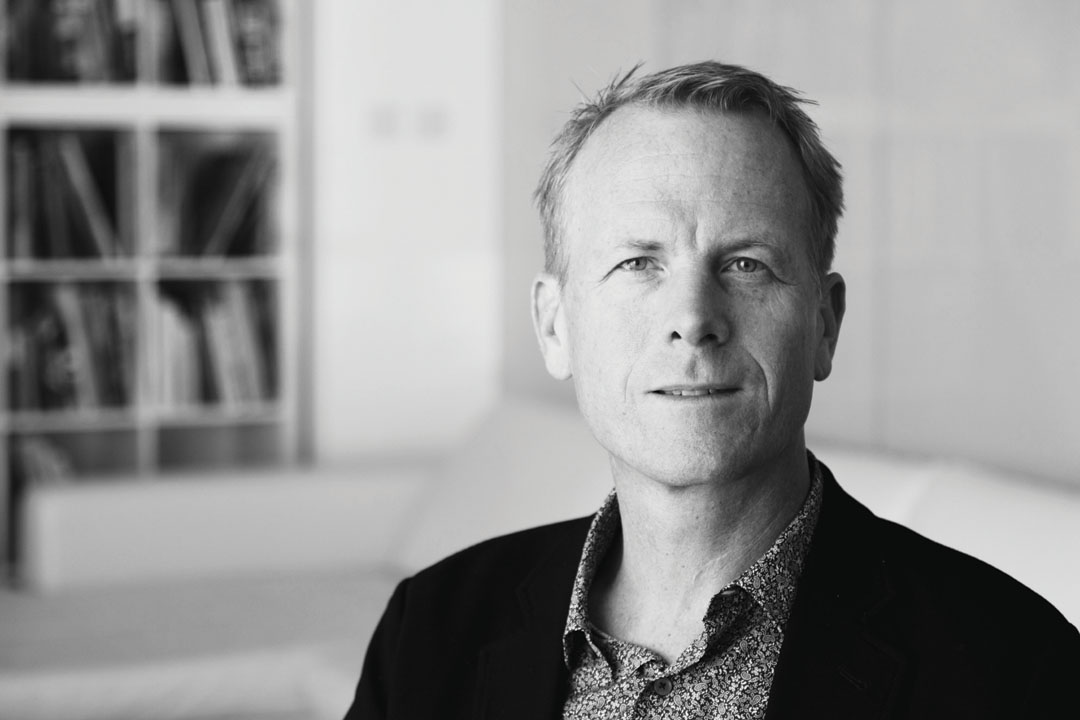
Architect Shaun Killa co-founded Killa Design in 2015 in Dubai, creating some of the most well-known architectural projects in the city. Since then, the firm has grown to an 80-strong team over the span of six years. Over his 26-year career, Killa has worked on buildings and masterplans internationally, with a strong focus on innovation. Having competed against leading global firms, Killa Design has in the last year proposed designs for opera houses, art galleries, art installations and science museums within the region, winning many of them. Its latest projects include the mixed-use 77-storey twin tower, Address Beach Resort, which accommodates a 190-key five-star hotel, 478 residential apartments and 444 serviced branded apartments. Killa’s most iconic project is perhaps Dubai’s Museum of the Future, where the firm worked with advanced composites, engaging with various global leaders in building materials and techniques.
Simon Fraser
Nominated by Peter Jackson – Architect Advisor for HH the Ruler’s Office in Sharjah
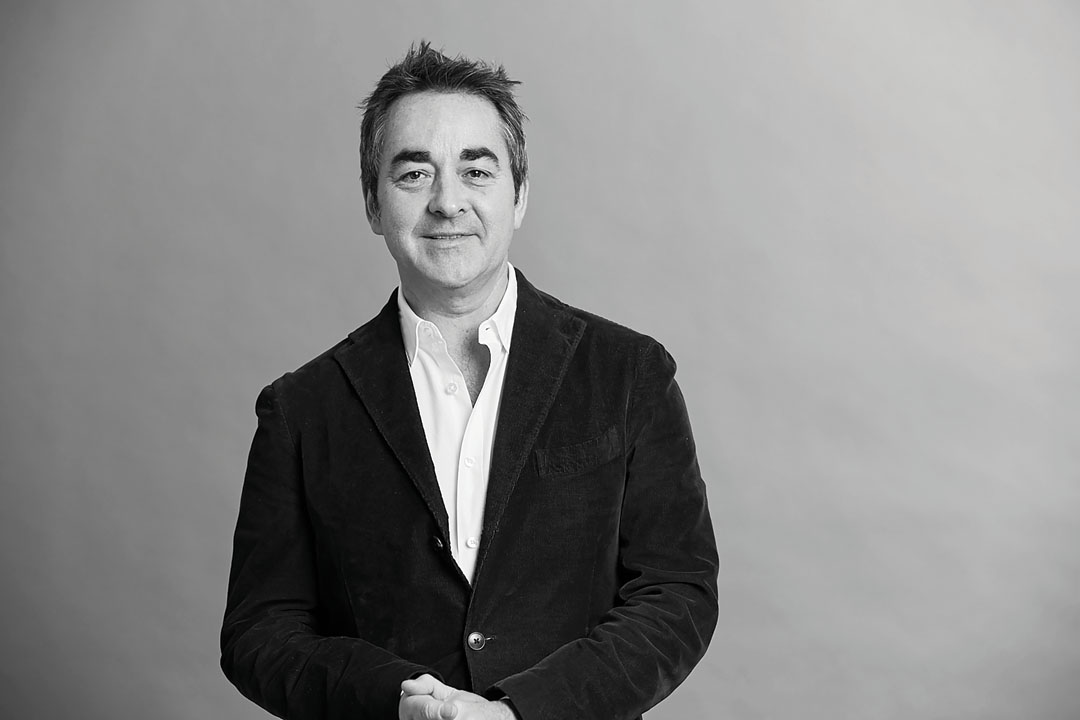
Simon Fraser is a British architect and senior partner at Hopkins Architects in London and managing director in Dubai, having joined the company in 1990. Fraser worked for the Japanese architect Kisho Kurokawa, where he led the design of the award-winning Kuala Lumpur International Airport project before returning to Hopkins Architects in 1994. In 2004 he established the Hopkins Dubai office after winning the competition to design the Gate Village precinct at Dubai International Finance Centre. Since then, he and his team have gone on to design and complete a variety of projects at The Dubai World Trade Centre and, recently, the Thematic Districts at Expo 2020. His most recently completed project in the UAE is the Jebel Buhais Geology Museum, a series of naturally lit exhibition and museum spaces sensitively positioned in the Buhais archaeological park in Sharjah. He has also completed a variety of projects in different cities around the world including London, Tokyo, Athens and Istanbul.
Summaya Dabbagh
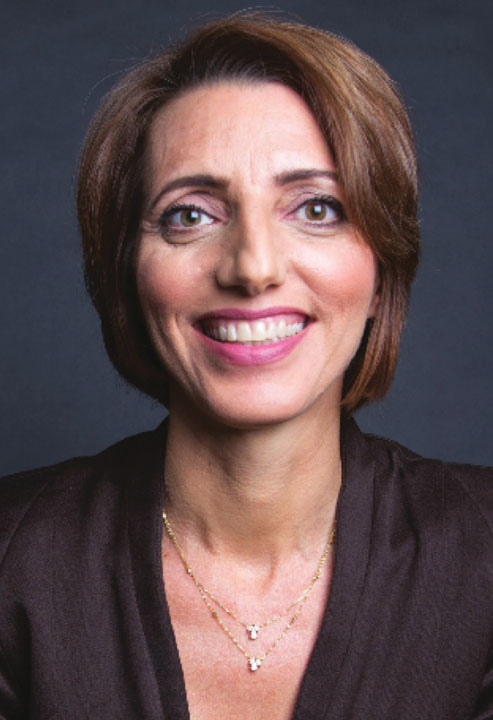
Saudi architect Sumaya Dabbagh is the founder and principal of Dabbagh Architects, which she founded in 2008 as one of the first RIBA-Chartered practices in the Gulf region. Educated in the UK, Dabbagh’s diverse experience in architecture and interior design spans more than 25 years. Dabbagh Architects has seen the completion of a range of projects in diverse sectors including commercial offices and retail, residential, educational and cultural projects. The Mleiha Archaeological Centre has been globally recognised as a significant example of an emerging approach to architecture in the UAE. Her practice has since completed the design of Al Ain Museum, a recent addition to Dabbagh’s renowned portfolio of contextually sensitive designs. Throughout her work across the Gulf, Dabbagh’s quest to bridge the cultural and gender gaps continues. She has played an instrumental role in setting up the RIBA Gulf Chapter in 2009, with a passion for bringing further awareness to the region on the value of good design. She served as the Chair of the RIBA Gulf Chapter from 2015 to 2019. Dabbagh is currently working across cultural and residential projects in Saudi Arabia and the UAE.
Tabanlioglu Architects
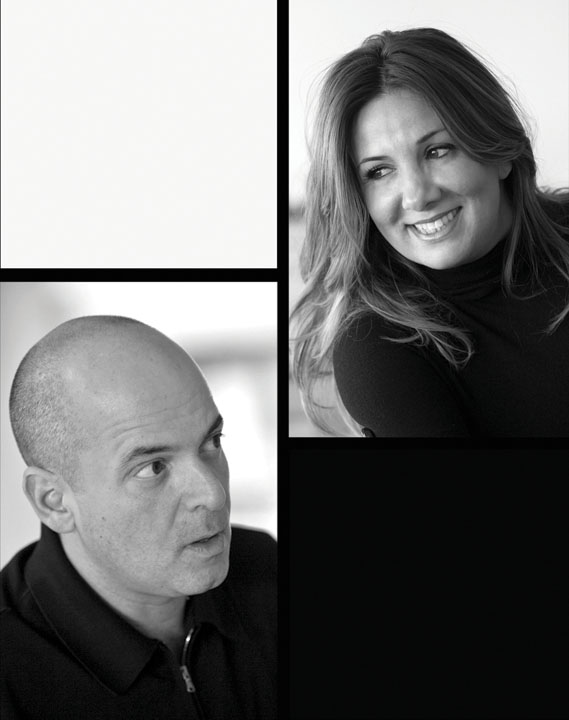
Istanbul-based architecture firm Tabanlioglu Architects has been operating for more than six decades. The practice was founded by Dr. Hayati Tabanlioglu, and later established by his son, Murat, and later Melkan Gursel, who joined as partner in 1995. The firm is known for developing innovative, efficient and economically viable designs for residential buildings, offices, industrial facilities, shopping malls and regeneration projects, with a strong focus on ‘place’. The practice is currently working on the transformation of the 1960s Atatürk Cultural Center, comprising a cultural centre and opera house, which is set for completion later this year. The firm is also working on the Tersane Istanbul – Halic Port project, which includes the transformation of the old shipyards in Golden Horn. Tabanlioglu also won the competition to design the extension of the Istanbul Sabiha Gökçen International Airport, in addition to a number of projects in Dubai, Kazakhstan, Russia and the US.
Tarik Zaharna
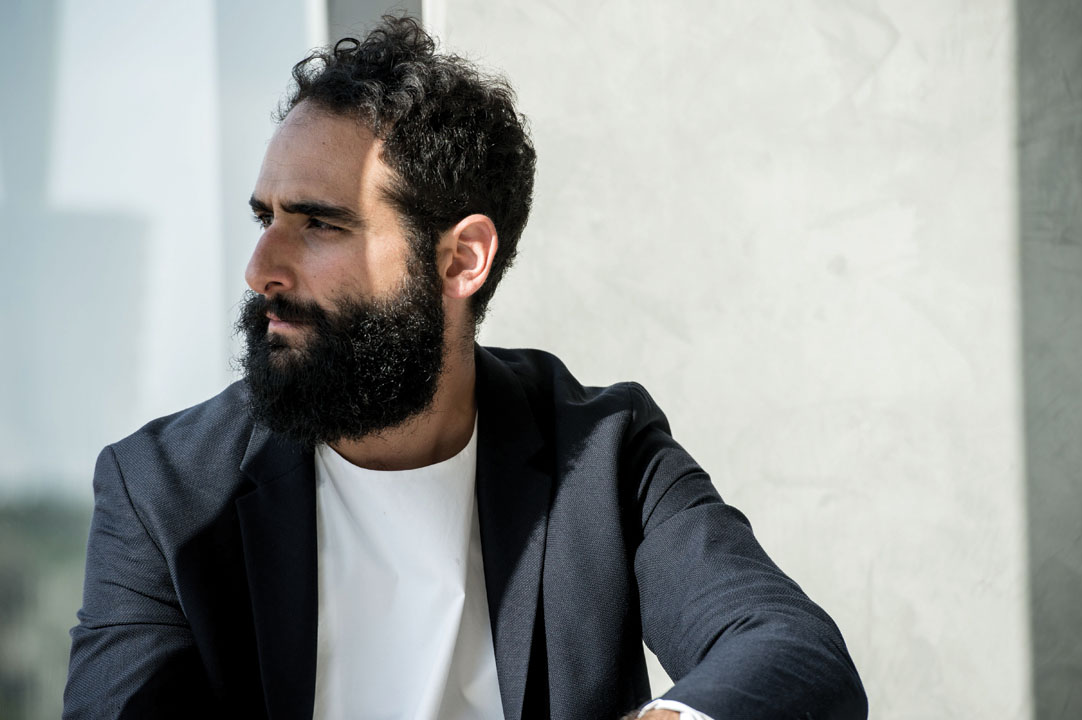
Founder and director of T.ZED Architects, Tarik Zaharna has positioned himself as a young pioneer in the steadily growing design and architecture scene of the Middle East, promoting a new design language that reflects the birth of a contemporary architectural movement. T.ZED Architect’s timeless and craft-driven approach can be observed throughout its portfolio of projects that includes mixed-use developments such as KOA Canvas and the members-only co-working space Nasab, in addition to retail, hospitality, residential and dining projects across the Middle East and Europe. Zaharna has recently completed residential projects for private clients in Abu Dhabi and France, as well as Storm and the RLab Emirates Towers in Dubai. T.ZED Architects is currently working on a public sector building in Dubai, Sky – two buildings that are set to delicately leave an imprint on a historically relevant quarter of Dubai, paying homage to the history of the city – as well as a number of F&B and commercial projects across the UAE, Kuwait and Saudi Arabia.
Vera Dieckmann
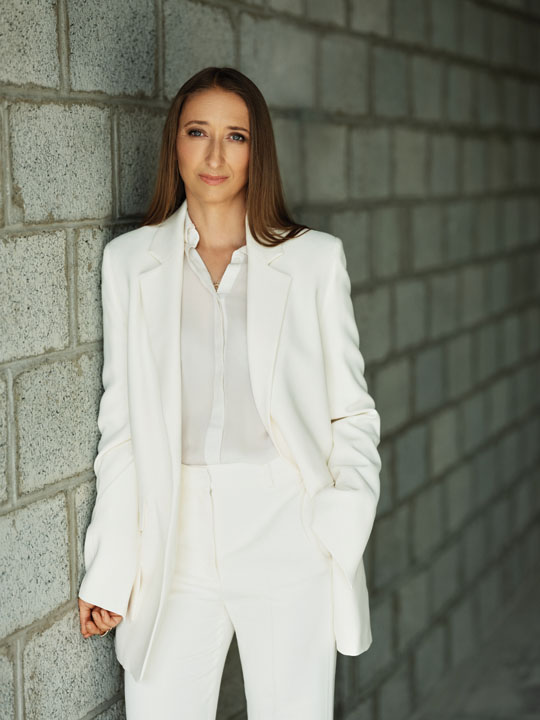
Creative director and founder Vera Dieckmann established XO Atelier in December 2018, with 23 years of design experience under her belt. Having worked for practices including David Ling in New York, Gunther Spitzley in Zurich, Matteo Thun Studio in Milan and DWP Malaysia, Vera also honed her skills at global hospitality chains Marriott Holdings and Accor, broadening her knowledge of custom product design: light installations, furniture, textiles and accessories. She launched her debut lighting collection in collaboration with lighting brand Lasvit. Today, her product development collaborations include installations for Preciosa, lighting with Nemo and a modular workspace solution with Tecno Spa. Her body of work, from installations to artworks, is represented by Galerie Philia in New York and Singapore. Originally based in Hong Kong, Dieckmann opened a second studio in Dubai in 2020, with the completion of her F&B concept Toplum later joined by The Grey café. Dieckmann is now working on a wide range of F&B venues across the UAE and Qatar, as well as private residential projects in Dubai.
Wael Al Awar
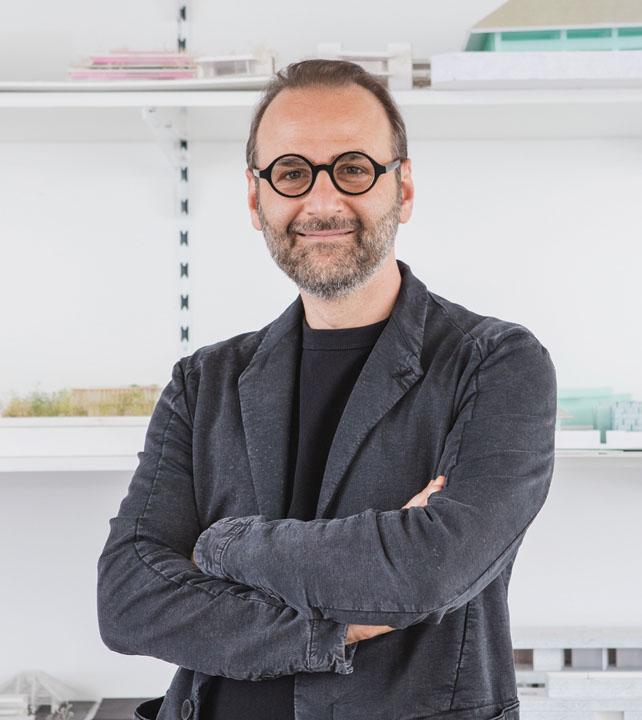
Wael Al Awar founded waiwai in 2009 as the principal architect, after moving back to the Middle East from Tokyo. His multi-disciplinary approach is to always challenge conventional processes, to push the boundaries of design. By aligning with natural phenomena, Al Awar seeks to create an architecture that is more than man-made fabrication, but instead remains open to adaptation and appropriation. The spaces that emerge from his approach are site-specific provocations that encourage unexpected experiences, activities and behaviours. Al Awar is currently a co-curator of the National Pavilion of the UAE for the Venice Bienalle 2020 & 2021. Known for addressing the social, environmental, economic and technological aspects of architectural projects, the firm has worked on prominent cultural institutions including Dubai’s Jameel Arts Centre, Jaddaf Waterfront Sculpture Park, Al Warqa’a Mosque, Hai d3 and Jeddah’s Hayy: Creative Hub.
Wissam Maroun
Nominated by Ghassan Salameh

Wissam Maroun is the founder of WM Architects, a multi-disciplinary architectural practice with a diverse range of projects across architecture, interior and landscape design. Born and raised in Beirut, Maroun draws inspiration from the wide-ranging culture that his hometown offers, as well as its blend of ceaseless contradictions. His work juxtaposes elements of art and design, complementing each other across different times and materials. His belief that design, architecture and landscape are interconnected has led him to further strengthen his holistic approach by pursuing new avenues in architecture and landscape design.
“I chose Wissam because – as opposed to many architects – he has a very strong background, education and intellect in the history of art and architecture, which is vital to the development of interior design and architectural projects, especially in cities like Beirut where there are a lot of diverse history, cultural and aesthetic references,” Salameh said of his nomination. Maroun balances working on residential projects across Lebanon with teaching at the Académie Libanaise des Beaux-Arts (ALBA) in Beirut.
Yasaman Esmaili
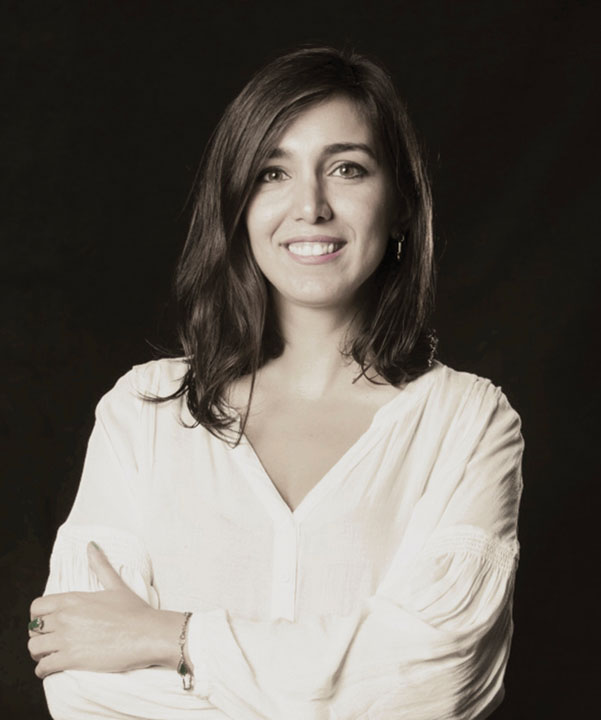
Iranian architect and educator Yasaman Esmaili founded Studio Chahar in 2017, a research-based architecture studio formed as a platform for collaborative projects that engage the community at every step of the design process. Studio Chahar’s highly recognised collaborative project, Hikma Religious and Secular Complex in Niger, received the 2018 Global LafargeHolcim Silver Award and the 2017 Regional Gold. Esmaili’s collaborative work in Afghanistan, The Gohar Khatoon Girls’ School, was recognised with a 2018 AIA National Award of Honor. Esmaili is a founding member of united4design, an international design collective formed in 2013 to simulate a dialogue about architecture and intelligent global practice. She is also co-founder of Color My Home, a project focused on finding the meaning of lost homes through architectural thinking by working with recently displaced immigrant and refugee children. She is currently working on an economic housing typology, as well as a rehabilitation and revitalisation project in the village of Gouron on Qeshm island in Iran.
The Latest
In conversation with Karine Obegi and Mauro Nastri
We caught up with Karine Obegi, CEO of OBEGI Home and Mauro Nastri, Global Export Manager of Italian brand Porada, at their collaborative stand in Downtown Design.
An interview with Huda Lighting at Downtown Design
During Downtown Design, we interviewed the team at Huda Lighting in addition to designers Tom Dixon and Lee Broom.
Downtown Design Returns to Riyadh in 2026
The fair will run its second edition at JAX District
Design Dialogues with KOHLER
We discussed the concept of 'Sustainable Futures' with Inge Moore of Muza Lab and Rakan Jandali at KCA International.
Design Dialogues with Ideal Standard x Villeroy & Boch
During Dubai Design Week 2025, identity held a panel at the Ideal Standard x Villeroy & Boch showroom in City Walk, on shaping experiences for hospitality.
A Touch of Luxury
Here’s how you can bring both sophistication and style to every room
Outdoor Living, Redefined
Messara Living and Vincent Sheppard Unveil “Outdoor at Its Best 2026”
NOMAD Opens Its Doors in Abu Dhabi’s Iconic Terminal 1
A modernist landmark is reimagined as a global stage for collectible design, contemporary art, and cultural dialogue.
In photos: Winners at the identity Design Awards 2025
Presenting the winners of 2025 identity Design Awards.
Identity Design Awards 2025 – Winner’s List
Here are the winners of the identity design awards 2025
Hogg’s Hollow
Set along the bend of a quiet river and sheltered within a mature, tree-lined enclave of Toronto, this riverside residence offers a dialogue between structure and softness, restraint and warmth
Salone del Mobile.Milano Paints Riyadh Red
The “Red in Progress” installation marks a powerful first step toward the city’s full-scale 2026 edition







